The AFT30-XL tubing will add a delay of less than 50 msec to the sensing of the waveform peak.
Respiration
- Animals: For high-quality respiration signals, place an anesthetized animal on the sensor pad and run the tubing to the pressure transducer on the DA100C amp.
- Not recommended for human respiration in the MRI; see TSD221-MRI for human respiration.
Finger Tap Response
- Mount the pressure pad/respiration transducer in the scanner so that the subject can tap it to respond (monotonically variable or ON/OFF) to a stimulus. Use multiple transducers for complex applications.
Pulse and pulse rate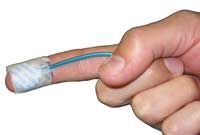

- To record the pulse waveform, position the transducer around the tip of the finger or over one of the major pulse points (such as the carotid or radial arteries).
Part #: TSD110-MRI
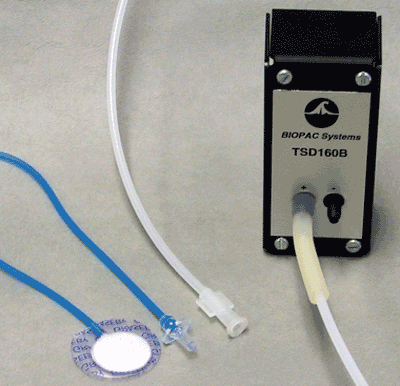


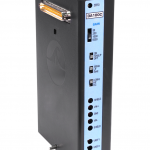
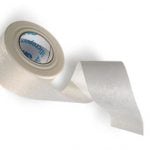
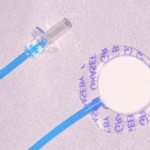
Stay Connected